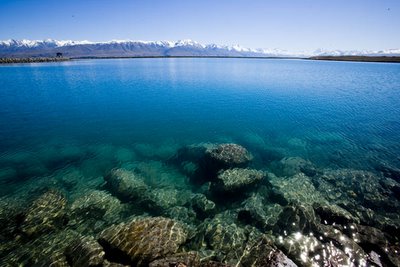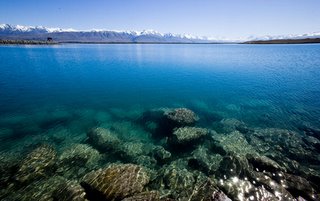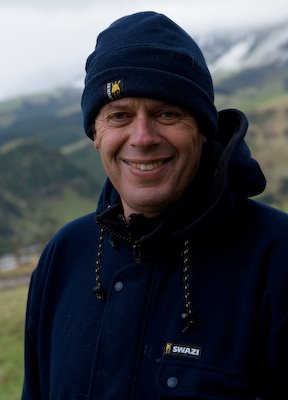The Nature of Seeing Part 1

Kia ora tatou
Ok. This is a rather heavy post. It concerns an issue that has become more apparent to me in recent times, namely perception and the nature of Seeing. It goes something like this:
When we look at a scene in front of us, we read it with our minds. That’s right, with our minds, not our eyes. Our eyes in fact deliver only raw data (coloured admittedly by factors like sunglasses, eye defects, excess alcohol, etc). But it is raw data. It is our minds that synthesise and draw meaning from it. So we see what we want to (sic. pheromones), what we have learned to (Why is red?) and what we are programmed to see.
You know the old saw; the camera never lies. Get over it. It has always lied-and always will. The tools for replicating and interpreting our vision have now become so sophisticated that truth is impossible. Or is it?
Let me take you back to the second paragraph? Absolute truth may be a bit difficult, but perceived truth is more accessible. To understand this we need to put time into thinking about the nature of visual truth or reality. If we look into the nature of our own visual truth, then we may begin to realise there is absolutely no need to fit some generic vision of it. We may choose a brighter palette than others because that fits how we see the world; we may prefer to work in black-and-white because tone is of greater significance to us; we may feel that using montage techniques better fits how we see. This latter technique certainly worked for David Hockney during his brief encounter with photography!
What is important is that we take the time to think about how we really see. Then we can develop a visual expression tha meshes with who we aare and how we view our own reality.
I thought I would give an example of what I mean.
I made the above image one day in The Mackenzie Country. What attracted me was the way the light sparkled on the water. I was attracted to the feeling of Space and Time.
It was when I got back to my computer and studied the image that I became aware of what had really attracted me. It was the horizon and the nature of Horizon.
We all know the horizon is curved. Blame Galileo (or was it Copernicus)? Yet we see it as flat. We need to see it as flat. Or do we?

The horizon about 3/4 of the way up the image had a curve on it brought about by the 16mm super-wide-angle I had used. It was that that interested me. How curved did I really want it? Should I straighten it? Would that be more personally truthful?
I opened the image in Photoshop and took to it with the lens correction filter (Filters>distort>lens correction).
I used the remove distortion tool to add curve to the horizon. Mmmm. Instant fisheye. But it doesn’t ring true.

I then went the other way and levelled the horizon. Something seemed to go out of the image, some visual truth that I could not accept. Somehow I had produced a truth that was not mine.
In the end I accentuated the horizon slightly. It felt right to me.
It felt true
I invite your thoughts.
Ka kite ano


1 Comments:
Actually, I'm intrigued by how often people, when presented with differing versions of the same image (as here), prefer the same one. I'm sure there are many interpretations of that, but it suggests to me that it's one way of recognising people who are on the same wavelength (so to speak).
Post a Comment
<< Home